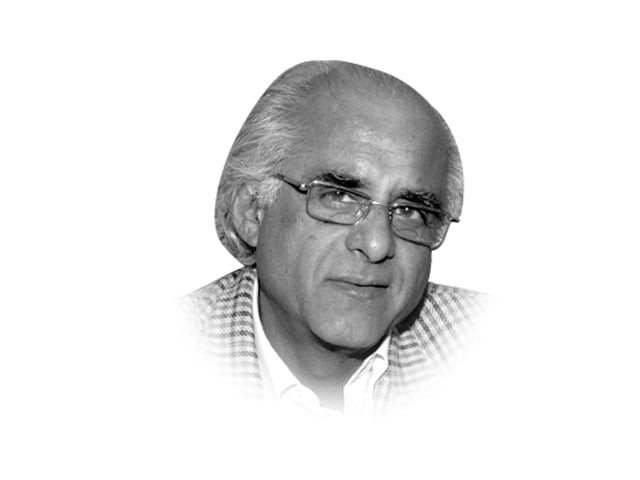Khwas Khan of Rohtas
A dozen kilometres north of Lala Musa, near the well & sarai of Khwaspur, Khwas Khan was buried by his followers.

Khwas Khan of Rohtas
The Sikh was craftier. He said he wanted the sakhi’s head. And so the reputedly large-hearted saint chopped off his own head and handed it to the Sikh. Then his headless torso, so the story goes, went airborne and disappeared into the wild blue yonder. The version I heard did not have the Sikhs converting en masse to the ‘one and only true faith’, but we do have someone burying the head just inside the gateway which became a shrine for the superstitious. The northern entrance to Rohtas thence came to be known after this man of god.
History tells another tale, however. Khwas Khan, one of the ablest generals of Sher Shah Suri, was appointed administrative head of Rohtas when the fort was under construction. But after Sher Shah died in the siege of a fort in Rajasthan, Khwas Khan took exception when Sher Shah’s son, the wily Salim Shah (later to become Islam Shah Suri), cunningly sidelined his elder brother Adil and assumed the crown. Eventually, a battle was fought between imperial troops and Khwas Khan in which the latter, hardly being a match for superior arms, was routed. Islam Shah took Khwas Khan’s family into custody and publicly humiliated the women.
Khwas Khan fled to Sambhal state whose ruler was a Pathan. Thinking he was safe with the man who owed him one, he let down his guard and was one night heartlessly beheaded in his sleep. His head was sent to Islam Shah and the body, duly prepared for burial, was borne by his faithful retainers towards Sarsaram to be buried next to Sher Shah.
The month was March and, as the funereal procession descended from the cool hills of Kashmir on the old highroad via Bhimber and Gujrat, the corpse began to smell. About a dozen kilometres north of Lala Musa, near the well and sarai of Khwaspur, Khwas Khan was buried by his followers. The corpse was to be retrieved the next winter for onward transportation.
Now, the Khwaspur well and sarai owed everything to the man whose name they carried — the following I base on conjecture therefore. The people who lived around the inn knew Khwas Khan for his public service work and would surely have come around to see his face for the last time. But there was no face to be seen, they were told. Shortly afterwards, word would have reached Rohtas concerning the beheading of the man and those who held his memory dear would have created the tiny grave to keep Khwas Khan’s name alive. Over time, it became a shrine.
Now, imagine the indignation of the Khwaspur people when a bunch of Pathans came around to remove Khwas Khan’s body in the winter of 1546. The body was taken away, because we know that the man is buried next to Sher Shah Suri in the impressive mausoleum at Sarsaram. But those who had taken to lighting an oil lamp every Thursday at the headstone, redid the grave after the corpse was removed and continued to burn the lamp.
With the passage of time, both the empty graves, the one in Khwaspur and the other inside the Khwas Khani Gate of Rohtas, became revered tombs of Syeds. The red-blooded Pathan son of a slave woman, a good man who began life humbly but rose to high station by dint of his abilities and character to win his king’s confidence, received his posthumous makeover because many of us believe all good people must necessarily be Syeds.
Published in The Express Tribune, December 24th, 2011.



1729685382-0/Untitled-design-(57)1729685382-0-208x130.webp)










COMMENTS
Comments are moderated and generally will be posted if they are on-topic and not abusive.
For more information, please see our Comments FAQ